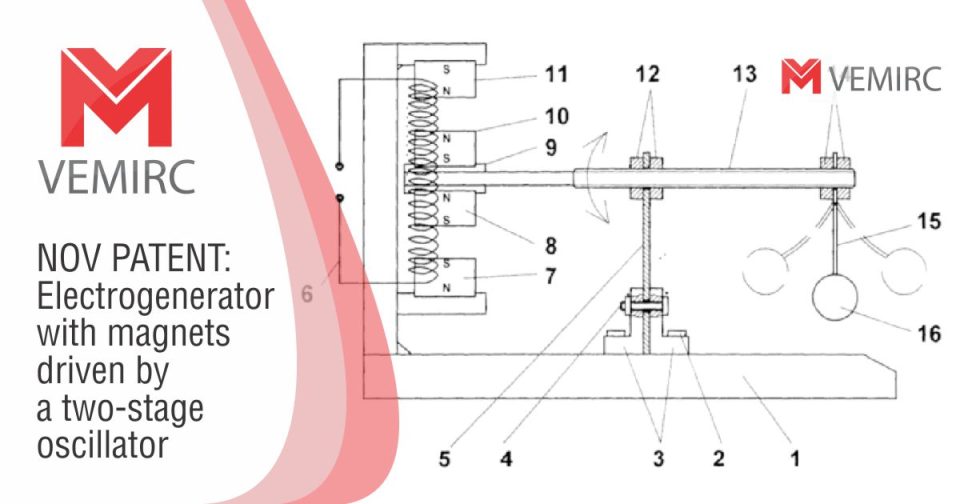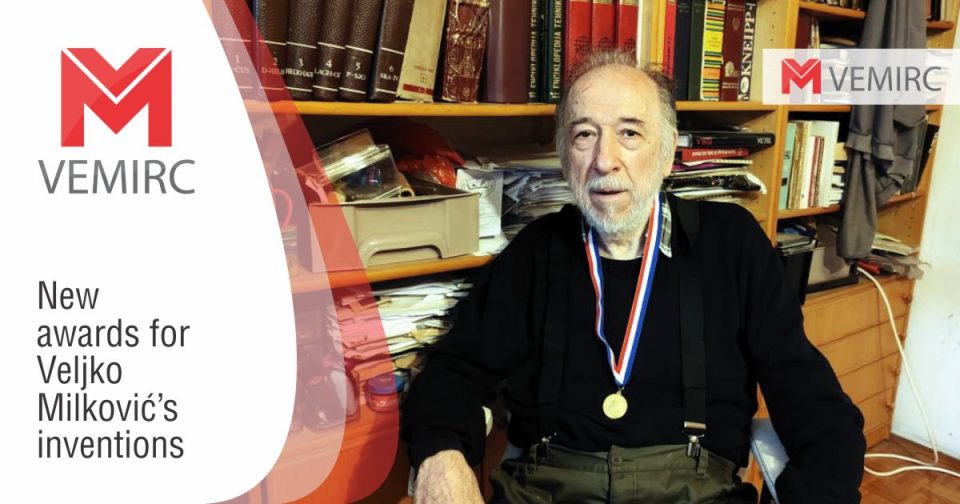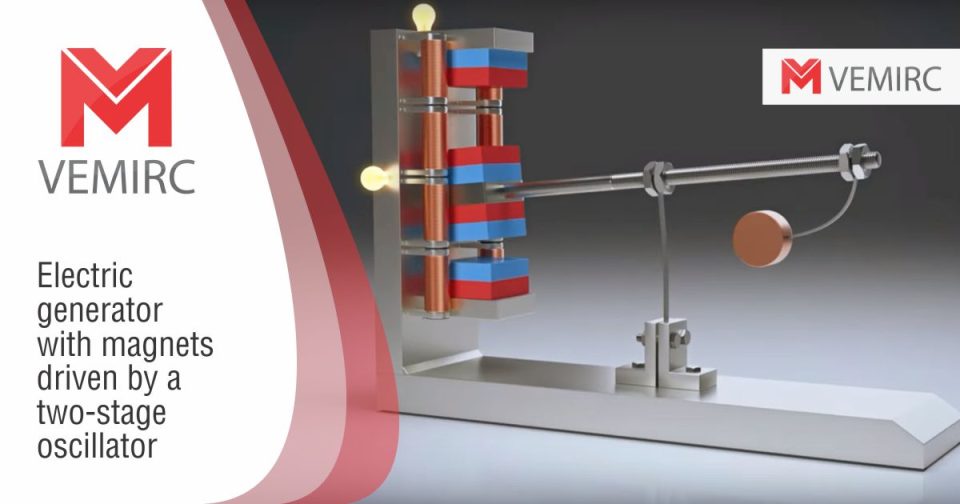
Expansion of international research of pendulum power generators

Milković’s invention is changing the world!
April 26, 2021
NEW BOOK: Veljko Milković: Energy of oscillations – from an idea to realisation (collection of papers)
May 28, 2021The question - how to produce electricity without consequences for the environment, has been bothering both the professional public and ordinary citizens for decades. There is a solution, you just need a little more will to put it into practice. The two-stage mechanical oscillator of academician Veljko Milković is one of the potential solutions. His invention is widely known, and this is supported by the fact that scientific papers are published around the world that test prototypes of a pendulum electricity generator, based on Milković's patents.
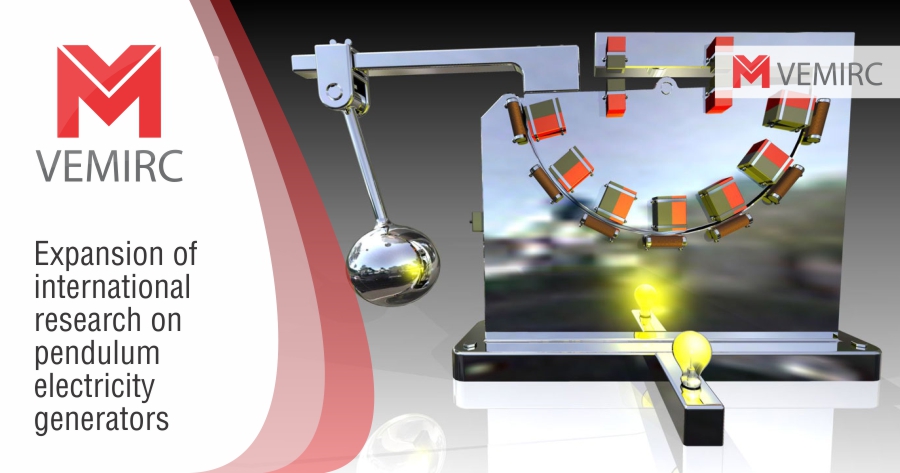
Veljko Milković's two-stage mechanical oscillator has been interesting to the scientific community both in the country and abroad for more than a decade. In addition, over 50 papers have been published on various areas of study of this mechanism: from theoretical assumptions and mathematical calculations, to the development and analysis of prototypes in which a two-stage mechanical oscillator is applied in different ways. Most international scientific research papers are published in India, where pendulum water pump research has been conducted so far. Among the patent applications of Veljko Milković, there are several patents related to the production of electricity with the use of a two-stage mechanical oscillator. Milković, among other things, patented the mechanism by which measurements of the efficiency of the device itself can be performed, as well as the measuring instruments required for that (Figures 1 and 2).
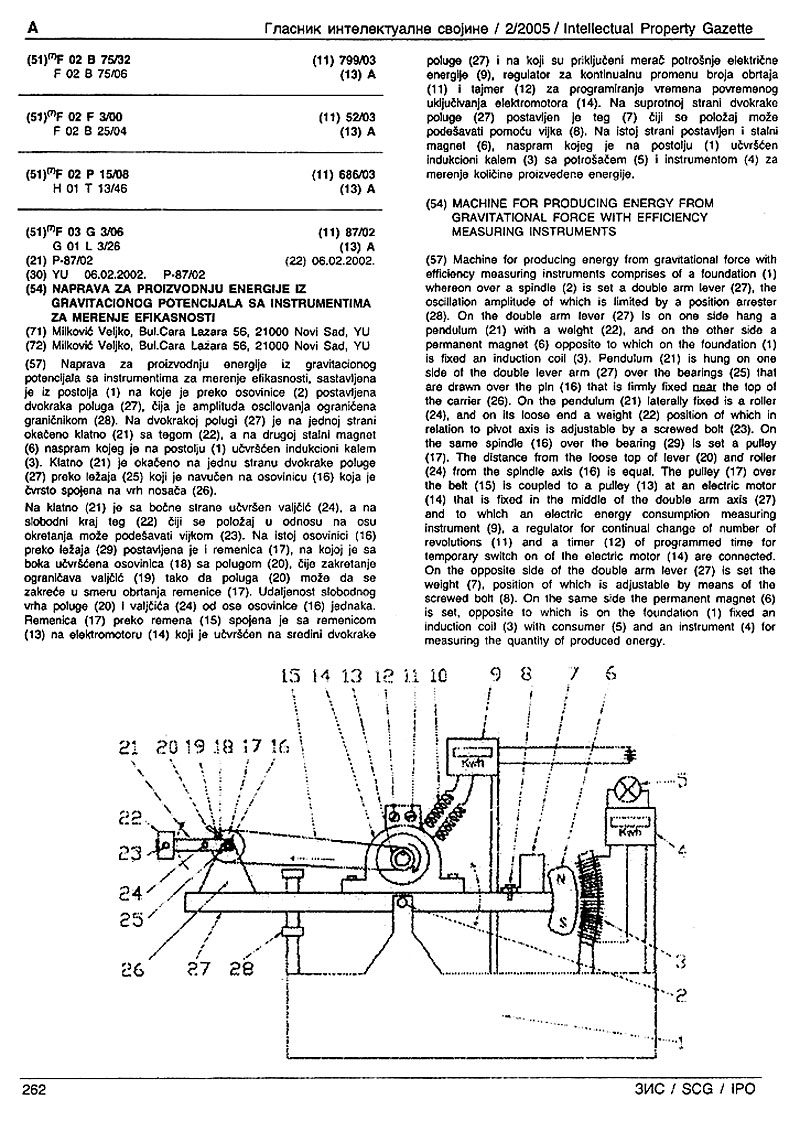
Picture 1. Patent application of Veljko Milković: A machine for the production of energy from gravity potential with instruments for measuring efficiency
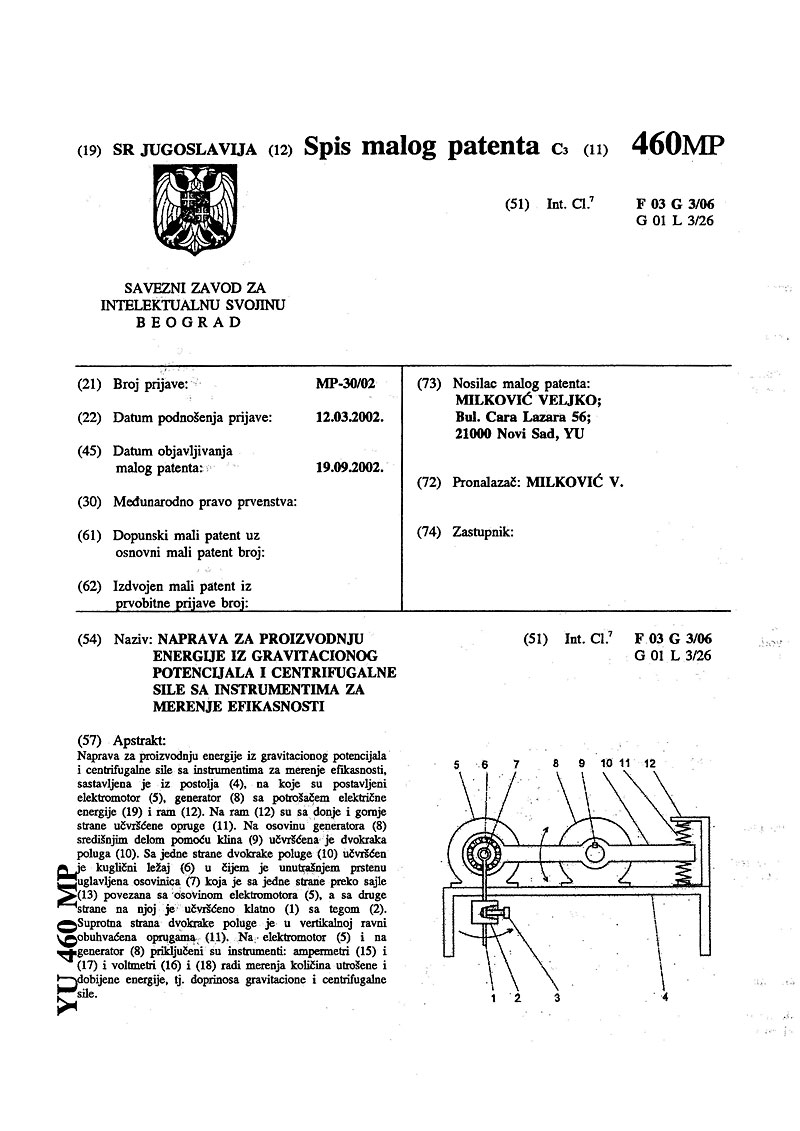
Picture 2. Patent application of Veljko Milković: Device for the production of energy from gravitational potential and centrifugal force with instruments for efficiency measurements
Most of the scientific research work related to the two-stage mechanical oscillator still comes from India, although there are also papers published in countries like Pakistan, Myanmar and United Kingdom. Each of them is accompanied by the production of a prototype generator with a pendulum, measuring of the obtained output power in relation to the dimensions of the device and the weight of the pendulum, etc. Some of these devices have additional indicators, such as LED bulbs, while others are designed to store the collected electricity in batteries.
Most of the scientific research papers that were published are within the framework of regular studies in the departments of mechanics and engineering are in the lead, but there are also those that are the result of post-graduate studies and doctoral dissertations. Probably the most extensive papers of this type have been published in the Department of Engineering at the prestigious University of Cambridge, London. In 2013, post-graduate student Yu Jia and his associates published a paper entitled A parametrically excited vibration energy collector, in which he cites academician Veljko Milković and his two-stage mechanical oscillator as inspiration for his work. In this extensive paper, the researches of the pendulum electricity generator, followed by extensive measurements and analysis of the obtained results, have been processed in great detail.
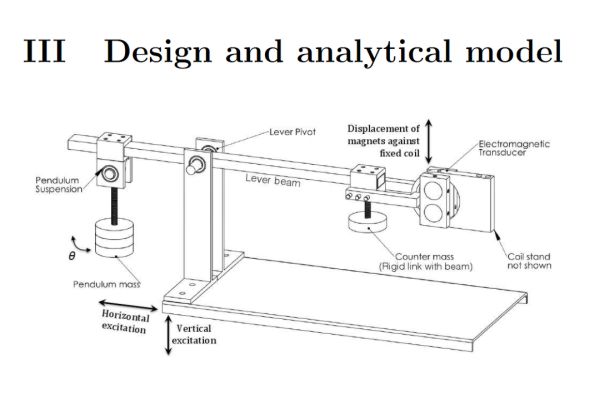
Picture 3. Design and analytical model from the work of Prof. Yu Jia
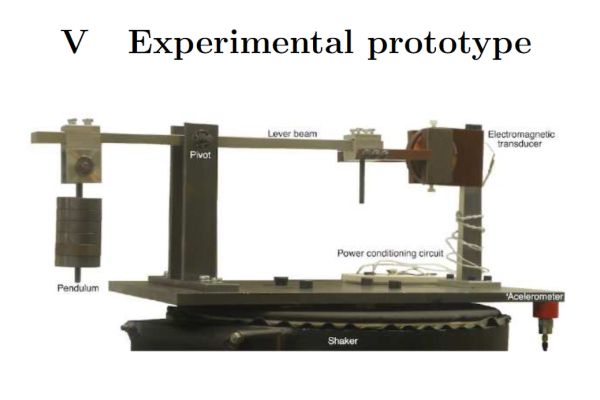
Picture 4. Experimental prototype of a power generator with the two-stage mechanical oscillator from the science paper of dr Yu Jia
This paper will serve as a basis for further scientific research by this group of authors, and Yu Jia received his PhD in Cambridge in 2014 with a dissertation on The Convergence of Parametric Resonance and Vibration Energy Harvesting, in which Chapter 4 is entitled: Pendulum-based parametrically excited vibration energy harvester. According to the basic designs of the prototype device, as well as photos of the prototype, it is clear that it is the two-stage mechanical oscillator by academician Veljko Milković, which the author himself confirms in Acknowledgments, stating that Milković's oscillator served as the basis and inspiration for this research work.
Following these papers, during 2015, 2016, 2019 and 2020, several scientific research papers on the topic of pendulum electricity generators were published at different universities in India, with different approaches in the design and approach to research of this mechanism. What all the papers have in common is that they refer to the two-stage mechanical oscillator of academician Veljko Milković, as well as to the fact that this is a possible new and most environmentally efficient source of electricity. Below is a list of published papers that can be read in full.
It is necessary to mention that a pendulum electricity generator is a source of electricity that does not use any natural resource (no type of fuel is needed), does not depend on the time of day (unlike photovoltaic panels), nor on weather conditions (wind generators), as well as from the movement of sea currents (wave energy). Also, as a source of electricity, it can be stationary or mobile, it can be installed anywhere in the world (including Antarctica), and maintenance costs are negligible.
With all this in mind, it is to be expected that in the future prototyping and research into the efficiency of this device will be on the rise, given that natural resources are in limited quantities, that electricity consumption is on the rise, but also that preserving the environment is at the epicenter of humanity’s concern.
In that sense, the name of academician Veljko Milković has already been written in golden letters in the books of ecological innovations, and our hopes are that this invention of his will conquer the world in the future.


